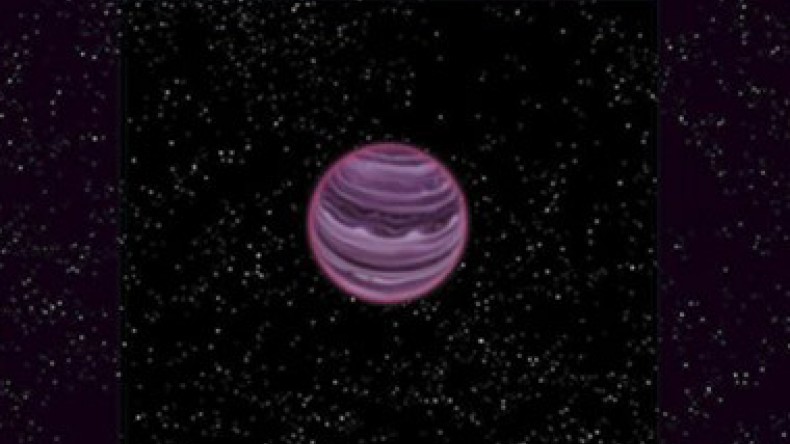
‘Lonely’ planet found wandering in space
It was found wandering all by itself, 80 million light years from Earth – a planet that is not orbiting a star, discovered accidentally by an international team of astronomers spending night after night scanning the sky from their base in Hawaii, RIA Novosti reported.
"We have never before seen an object free-floating in space that looks like this,” said Michael Liu of the Institute for Astronomy at the University of Hawaii at Manoa, who led the team that found the celestial body.
“It has all the characteristics of young planets found around other stars, but it is drifting out there all alone,” Liu said.
Liu and his team have determined that the lonely, wandering planet was formed 12 million years ago, making it a newborn in planetary terms.
The planet was discovered during a search for dim failed stars known as brown dwarfs, which have very red colors, indicating that they are relatively cool compared to stars that glow white, and are around 60 times the mass of Jupiter.
Using a wide-field Panoramic Survey Telescope and Rapid Response System (Pan-STARR1) fitted with a massive digital camera that is sensitive enough to detect the faint heat signatures of brown dwarfs, the astronomers were scanning the sky nightly when they came across the celestial oddball that was “redder than even the reddest known brown dwarfs,” they say on the Institute for Astronomy’s website.
They knew they were onto something special when their observations showed their discovery, in addition to being redder than brown dwarfs, was only six times the mass of Jupiter.
They named the lonely planet PSO J318.5-22, and after observing it with other telescopes on the summit of the Mauna Kea volcano on the big island of Hawaii, determined it has the same properties as gas giant planets, like Jupiter, that orbit stars.
The scientists have “no idea what it’s doing out there all by itself, whether it was formed that way or was ejected from another planetary system,” Louise Good, spokeswoman for the Institute for Astronomy at the University of Hawaii, told RIA Novosti.
Because PSO J318.5-22 does not have to compete with a bright star, which makes it difficult for scientists to study a planet, it is expected to “provide a wonderful view into the inner workings of gas-giant planets like Jupiter shortly after their birth,” said Niall Deacon of Germany’s Max Planck Institute for Astronomy, a co-author of the paper announcing the discovery of the new planet, which was published in Astrophysical Journal Letters.
Newsfeed
Videos






























